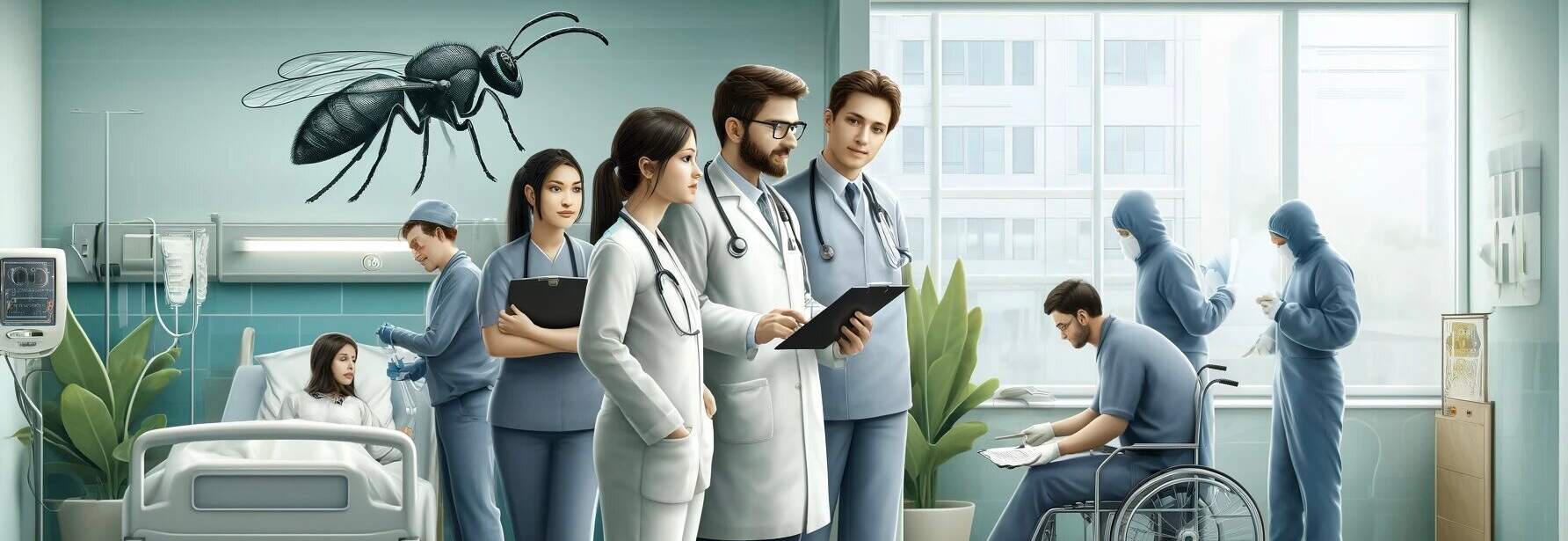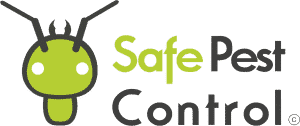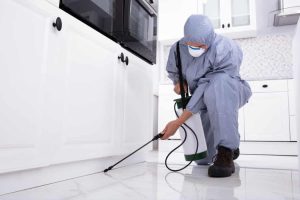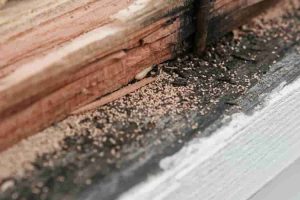Ensuring a pest-free environment in healthcare facilities like hospitals is critical due to the high standards required for patient care and infection control. This post will delve into the importance of pest control in other care facilities and hospitals, highlighting effective strategies and solutions to manage and keep common pests and prevent pest infestations effectively.
Understanding the Need for Hospital Pest Control in Sydney
Hospitals represent a critical nexus of high vulnerability and stringent hygiene requirements for many pests, making pest control an essential aspect of their operation. Unlike other environments, pest control for hospitals also must manage the risks associated with pests meticulously because these environments are frequented by immunocompromised individuals, including patients recovering from surgery, the elderly, and those with chronic diseases. Pests such as rodents, cockroaches, and other organisms can carry pathogens that may cause infections, which can be particularly severe and even life-threatening in such sensitive populations.
The potential for pests to spread diseases to compromise the sterile conditions necessary for medical procedures is another significant concern. For example, operating rooms and wound care centers must remain free from any contaminants to prevent post-surgical infections. Even minor pest-related contamination can lead to dire consequences, including prolonged hospital stays, increased medical costs, and elevated patient morbidity rates.
Effective pest management in Sydney hospitals thus goes beyond merely reacting to infestations. It encompasses a proactive approach aimed at preventing the establishment of pests in the first place. This involves regular monitoring and the maintenance of physical barriers to eliminate pests’ entry, stringent waste management practices, various food sources and the meticulous cleanliness of food service areas. Each element of this strategy is crucial in forming a comprehensive barrier against pests.
The Role of Integrated Pest Management
Integrated Pest Management (IPM) is more than a set of pest control techniques; it is a philosophy that underpins the entire approach to managing pests in sensitive environments like hospitals and aged care facilities. IPM’s emphasis is on the health and safety of patients and staff aged care facilities, aiming to reduce reliance on chemical treatments which can pose health risks if not managed carefully.
The IPM approach in hospitals, healthcare facilities and medical facilities is holistic and includes:
-
Biological Controls: Utilizing natural predators or competitors to manage pest populations. For example, introducing certain types of bacteria that inhibit the breeding of mosquitoes can help control their populations without the use of harmful chemicals.
-
Mechanical Controls: Employing physical methods such as traps, screens, or ultraviolet light traps that physically remove or block pests from entering an area.
-
Cultural Controls: Modifying the environment to make it less attractive to pests. This can include measures such as managing hospital landscapes to prevent rodent harborage, designing buildings that are less prone to pest problems, and implementing protocols for food and waste handling that minimize the chances of attracting pests.
The integration of these methods allows hospitals to manage pest populations effectively and sustainably in a healthcare environment, preventing pests, reducing the need for chemical interventions and focusing on prevention. Regular audits and adjustments ensure that the IPM strategy evolves in response to new challenges and remains aligned with the latest health standards and pest control technologies.
By maintaining a robust IPM program, hospitals can ensure they not only address the immediate risks associated with pests but also uphold the overall health and safety of their environments, ultimately supporting the medical industry’s primary mission of providing top-tier medical care in a safe and secure setting.

Key Components of Hospital Pest Management
-
Assessment and Monitoring: Regular inspections are crucial to identify pest infestations early. Pest control professionals use these assessments to pinpoint risk factors such as food and water sources, garbage disposal areas, and easy access points like floor drains and loading dock doors.
-
Preventative Measures: These include sealing entry points, maintaining proper sanitation, and managing garbage disposal areas efficiently. Preventative measures are essential in food service areas, patient room beds, and other sensitive zones like intensive care units and kidney dialysis rooms.
-
Pest Elimination Techniques: When pests are detected, effective elimination methods tailored to the specific needs of the hospital are employed. This might involve mechanical traps for rodents, chemical controls for flying insects, and targeted treatments for other pests like bed bugs and ants.
Challenges in Hospital Pest Control
Hospitals face unique pest control challenges due to the constant influx of patients, staff, and visitors, along with frequent food deliveries and medical supplies. These factors can often lead to pest infestations if not managed properly. Additionally, areas like vending machine areas, snack bars, and waiting area furniture can become hotspots for pests pest infestation, if regular monitoring and other pest control services are not enforced.
Maintaining a pest-free environment in hospitals is of utmost importance. With the implementation of a pest species, an integrated pest management program and the support of skilled pest control professionals, hospitals can safeguard their environments against pests. Stay tuned for more insights on specific pest control strategies and solutions in the healthcare industry in the next section of our post.
If you’re facing serious pest infestation issues in your healthcare facility, don’t hesitate to call Safe Pest Control at 1300119085 for expert assistance and peace of mind.
Advanced Strategies for Hospital Pest Control in Sydney
Building on the foundational principles of pest management in healthcare facilities, it is crucial to employ advanced and specialized pest outbreak strategies to remove pests and ensure the highest standards of cleanliness and safety. This section explores the proactive pest control measures and tailored solutions that hospitals can implement to address their unique challenges.
Proactive Pest Control Approaches
-
Customized Pest Control Solutions: Each hospital has unique pest control needs depending on its size, location, and the types of services it provides. Customized pest control solutions are designed to address these specific needs, whether it’s controlling pests in food service areas or managing risks in medical centres.
-
Educational Programs for Staff: Developing educational programs for hospital staff is vital. These programs focus on teaching proper waste disposal, food safety, and the importance of immediate reporting of pest sightings. Educated staff are the first line of defence against pest outbreaks in hospitals.
-
Regular Updates and Assessments: The dynamic nature of healthcare facilities means that pest control plans must be regularly updated and assessed. This ensures that the strategies in place evolve with the changing environments and continue to effectively manage pest pressures.
Integrated Pest Management Techniques
Implementing an integrated pest-management services (IPM) program involves several key techniques:
-
Physical Barriers and Traps: Using physical barriers to prevent pests from entering patient areas and installing traps in strategic locations to monitor and control pest populations.
-
Chemical Controls: Selective use of chemicals, only when necessary, and ensuring these are safe for use in sensitive environments like hospitals. Chemicals are used as a last resort, focusing on targeted applications rather than broad-spectrum treatments.
-
Regular Maintenance Checks: Frequent inspections of potential hotspots, such as garbage disposal areas and food storage zones, to ensure they remain secure and free from pest attractants.
Tailoring Solutions to Specific Hospital Areas
Certain areas within hospitals require more focused attention:
-
Food Service Areas: Implementing strict protocols for food handling and storage, along with regular cleaning schedules to prevent pest attractions like food debris and spilled liquids.
-
Patient Rooms and Sensitive Areas: Special care is taken to maintain these areas with minimal disturbance, using non-invasive pest control methods to ensure patient comfort and safety.
-
Exterior Maintenance: Keeping hospital grounds well-maintained to reduce shelter and breeding sites for pests. This includes managing vegetation, debris, and standing water.
Effective pest control for hospitals is critical not only for the health and safety of patients but also for maintaining the facility’s reputation. Through a combination of proactive pest control strategies, integrated pest management techniques, and regular staff training in pest behaviour, hospitals and healthcare facilities can achieve and maintain a pest-free environment.
For a customized pest control plan that fits the unique needs of your health care facility in Sydney, contact Safe Pest Control at 1300119085. Ensure your hospital is protected from pests with expert pest control solutions tailored just for you.

Frequently Asked Questions About Pest Control for Hospitals and Medical Centres
When it comes to the pest control team maintaining a pest-free environment in healthcare facilities, there are several common questions that arise regarding safety procedures and effective pest management strategies. Here are answers to some frequently asked questions about pest control in Medical and Aged Care Facilities in Sydney:
How long after spraying pesticides is it safe for humans?
The safety period after pesticide application can vary depending on the type of pesticide used and the area of application. Generally, it is recommended that people stay out of the treated area until the pesticide has dried completely. This can take anywhere from a few hours to 24 hours. Always follow the specific guidelines provided by the pest control professionals and the pesticide manufacturer.
What are the safety procedures for the whole pest control services team?
Safety procedures for all pest control technicians in hospitals are stringent to protect both patients and staff. These procedures include:
-
Pesticides that are approved for use in healthcare settings and pose minimal risk to human health.
-
Ensuring proper ventilation in treated areas to avoid inhaling fumes.
-
Applying pesticides during low-traffic times or when patients are not present, to minimize exposure.
-
Posting clear signage about pesticide applications to inform staff and visitors of treated areas.
-
Regularly training staff on how to handle pest sightings and the steps to take if they encounter treated areas.
How do you manage pest control pests in offices?
Managing pest control in office areas within a hospital or healthcare facility involves a few key strategies:
-
Regular inspections to identify and address potential infestation hotspots, such as kitchenettes and break rooms where food is stored.
-
Sealing entry points such as windows, doors, and cracks where pests can enter.
-
Maintaining cleanliness by ensuring that food waste is disposed of promptly and that storage areas are organized and free of clutter.
-
Using non-chemical methods such as traps and electronic devices to control pests, minimizes chemical use in the office environment.
On-Time Service

5 STAR SERVICE BASED ON 100+ GOOGLE REVIEWS
PET & FAMILY FRIENDLY TREATMENT

ALL YEAR-ROUND PROTECTION
Take Back Control Now
8
REASON TO CHOOSE SAFE PEST CONTROL
- Guarantee protection all year-round
- 30 Years Collective Experience
- An impeccable reputation across Sydney's Suburbs
- Certified treatments & written Warranty On all work carried out
- Family Owned & Operated
- Rated #1 Pest Control In Sydney NSW
- No Mess, No Smell
- Family & Pet Friendly Treatments
REQUEST A QUOTE






